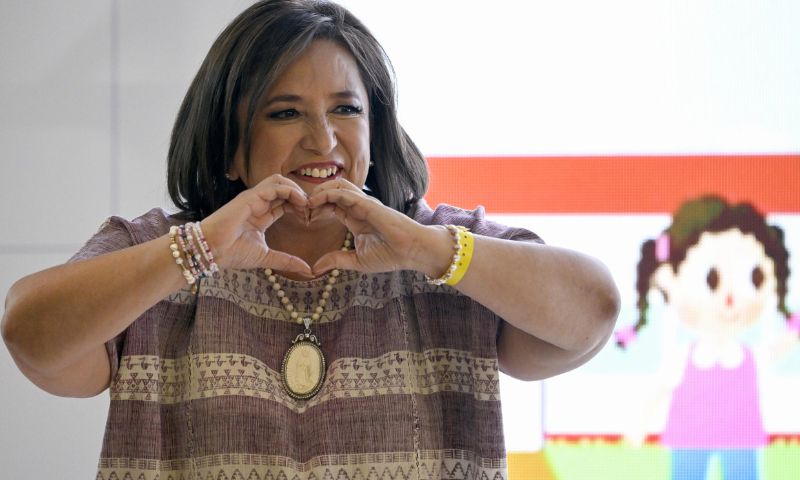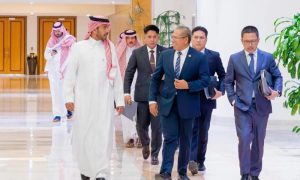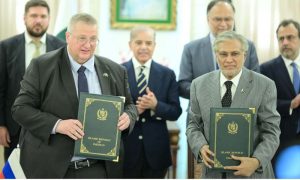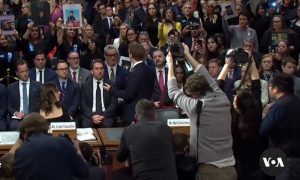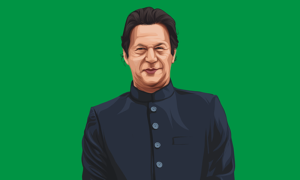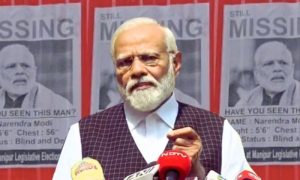EL MEJAY, Mexico: Mexico’s vibrant Indigenous weavers have found their centuries-old creations thrust into the spotlight amid the country’s presidential race, where two leading women candidates prominently showcase these traditional garments.
The intricately embroidered, brightly colored textiles crafted by generations of artisans have long captivated visitors to Mexico. However, their newfound political prominence has evoked mixed sentiments among the creators, who desire deeper respect for their cultural heritage.
Xochitl Galvez, an opposition candidate and Indigenous businesswoman, has embraced these traditional garments throughout her political career spanning over two decades. Claudia Sheinbaum, representing the ruling party and currently leading in the election race, has also prominently worn Indigenous designs during her campaign, including at its launch.
The visibility of Mexican textiles in the political arena has drawn positive acknowledgment from anthropologists like Marta Turok. However, social anthropologist Andres Vidal notes that clothing choices are also strategic within the “electoral game.”
Martina Cruz, an 83-year-old weaver from Hidalgo, welcomes the candidates’ embrace of traditional clothing, especially Galvez, who shares her Hidalgo roots. Cruz, who weaves garments taking up to eight months to complete, appreciates the acknowledgment of Indigenous heritage in politics.
The adoption of Indigenous clothing in politics marks a shift from historical reluctance rooted in discrimination to current prestige. Now, these garments hold significant cultural and monetary value, priced at thousands of dollars.
While cultural appropriation concerns arise in fashion, particularly with foreign brands, experts like Turok distinguish the candidates’ use of Indigenous clothing as a celebration of heritage rather than appropriation. Turok emphasizes the importance of maintaining cultural integrity while embracing broader appreciation.
For politicians, like Galvez and Sheinbaum, donning Indigenous attire serves as a means to connect with voters on a deeper level, fostering symbiosis and understanding. This electoral fashion parade has not only boosted political visibility but also spurred interest in Indigenous textiles among the public, showcasing the uniqueness and cultural richness of each huipil.
Alfonso Giron, a store owner in Mexico City, notes the surge in customers seeking garments worn by candidates, highlighting the individuality and significance of each huipil within Mexico’s diverse cultural tapestry.









